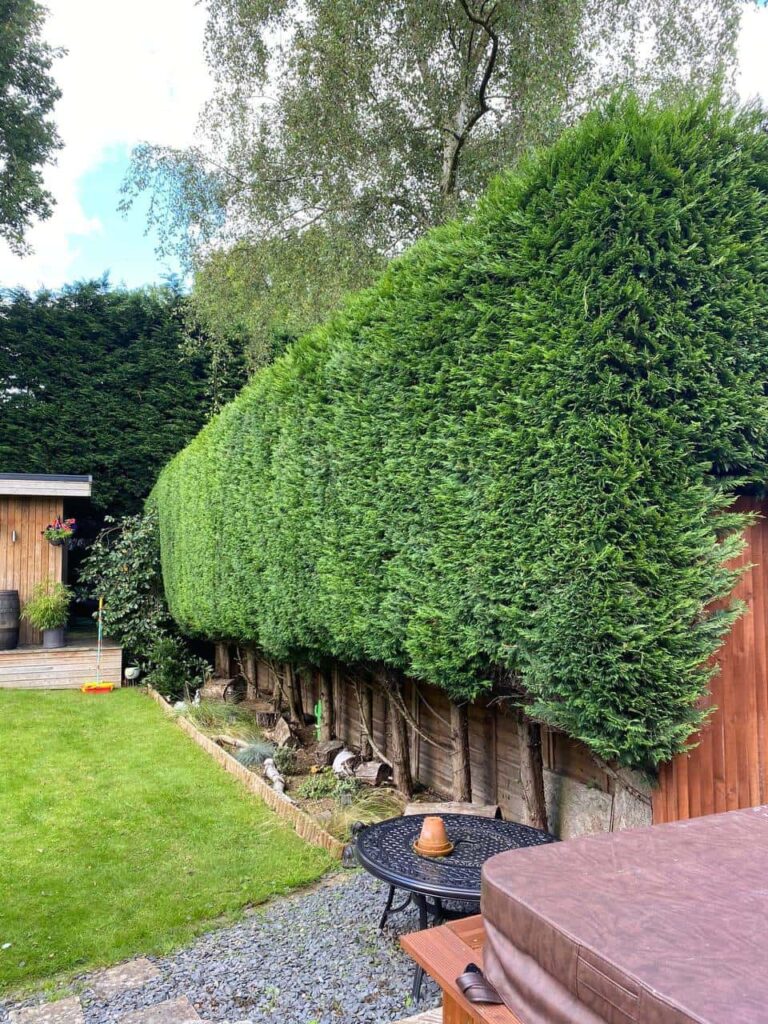Introduction: A blend of nature and human infrastructure characterises urban landscapes. Trees significantly enhance the beauty, air quality, and overall well-being of urban areas. However, maintaining trees in these environments has unique challenges, mainly when removing dead wood. In this blog post, presented by Newmarket Tree Surgeons, we’ll explore the challenges associated with dead wood removal in urban landscapes and the innovative solutions that arborists and tree care professionals employ.
Challenges of Dead Wood Removal in Urban Landscapes
Safety Concerns: Dead branches and limbs pose a significant safety hazard in urban settings. They can fall unexpectedly, endangering pedestrians, vehicles, and structures.
Aesthetic Considerations: Urban landscapes aim for beauty and visual appeal. Dead wood can detract from the aesthetics of a tree, making it appear neglected and unsightly.
Health of the Tree: Dead wood can indicate declining tree health. Failing to remove it can spread diseases and pests, potentially affecting the entire tree.
Space Constraints: Urban environments often have limited space for equipment and tree care operations. This can make dead wood removal more challenging, especially for larger trees.
Solutions for Dead Wood Removal in Urban Landscapes
Regular Inspection: Routine tree inspections by certified arborists are essential to identify dead wood early. Frequent inspections help address issues before they become hazardous.
Selective Pruning: Arborists employ particular pruning techniques to remove dead wood while preserving the overall structure and health of the tree. This approach requires precision and expertise.
Rigging and Cranes: In cases where dead wood removal is particularly challenging due to space constraints or tree size, arborists may use rigging and cranes to lower branches to the ground safely.
Safety Measures: Safety is paramount when working in urban landscapes. Arborists use personal protective equipment and take precautions to protect pedestrians and property.
Environmental Sustainability: Arborists often prioritise sustainability by recycling dead wood as mulch or firewood, minimising waste and reducing environmental impact.
Community Education: Engaging with the local community is crucial. Educating residents about the importance of dead wood removal and tree care can lead to proactive involvement and support for urban tree maintenance efforts.
Integrated Pest Management: Arborists may employ integrated pest management strategies, including targeted treatments, to prevent further infestations and disease spread.
Emergency Response: Arborists provide emergency response services to ensure public safety in sudden tree emergencies, such as storm damage or hazardous dead wood.
Conclusion: Dead wood removal in urban landscapes is a complex task requiring expertise, care, and a deep understanding of tree biology and urban environments. Arborists and tree care professionals play a crucial role in maintaining urban trees’ safety, aesthetics, and health. By proactively addressing dead wood and other tree care needs, we can continue to enjoy the many benefits trees bring to our cities while mitigating potential risks. If you have concerns about dead wood on trees in your urban landscape, don’t hesitate to seek the expertise of certified tree care professionals like Newmarket Tree Surgeons to ensure the safety and well-being of your trees and community.
Call us on: 01638 591 692
Click here to find out more about Newmarket Tree Surgeons
Click here to complete our contact form and see how we can help with your tree’s needs.

